
Many roofing terms may sound esoteric or confusing, but the overhang of a roof is at least easy to understand. A roof's overhang is the amount of edge, or eave, protruding out past the walls of the home. A minimal overhang amount has become a modern design feature, but the streamlined look can actually damage your home, or at least increase the amount of maintenance.
A large overhang on a modern residential roof serves many functions, which is why they were so common in past building styles around the world. You might decide to incorporate one into your new roof's design after learning about these valuable benefits.
A large overhang on a modern residential roof serves many functions, which is why they were so common in past building styles around the world. You might decide to incorporate one into your new roof's design after learning about these valuable benefits.
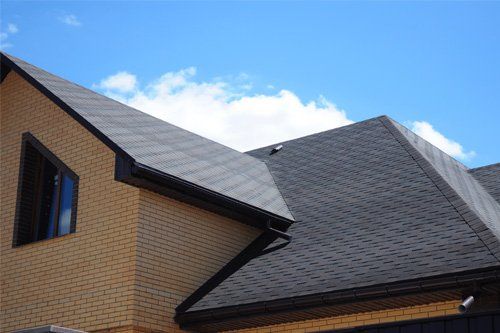
Buying a new home can seem like an endless game of 20 Questions. You need to know more than a few things that about your potential new home before buying it. Along with how old the home is, the functionality of the plumbing, heating, and AC systems work, and major problems that could pose health or safety risks, you also need to ask questions about the roof.
What are the need-to-know facts about your potential new home's roof? Take a look at the questions that you should consider asking the seller before signing any contract.
What are the need-to-know facts about your potential new home's roof? Take a look at the questions that you should consider asking the seller before signing any contract.
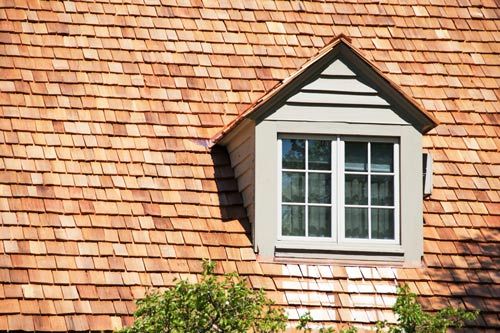
Is your home's aging roof in need of replacement? If so, you'll be wondering what material you should replace it with. You're not limited to replacing the roof with the same material since you'll now have many options available to you. Here are a few things to know about using cedar roofing for your home.
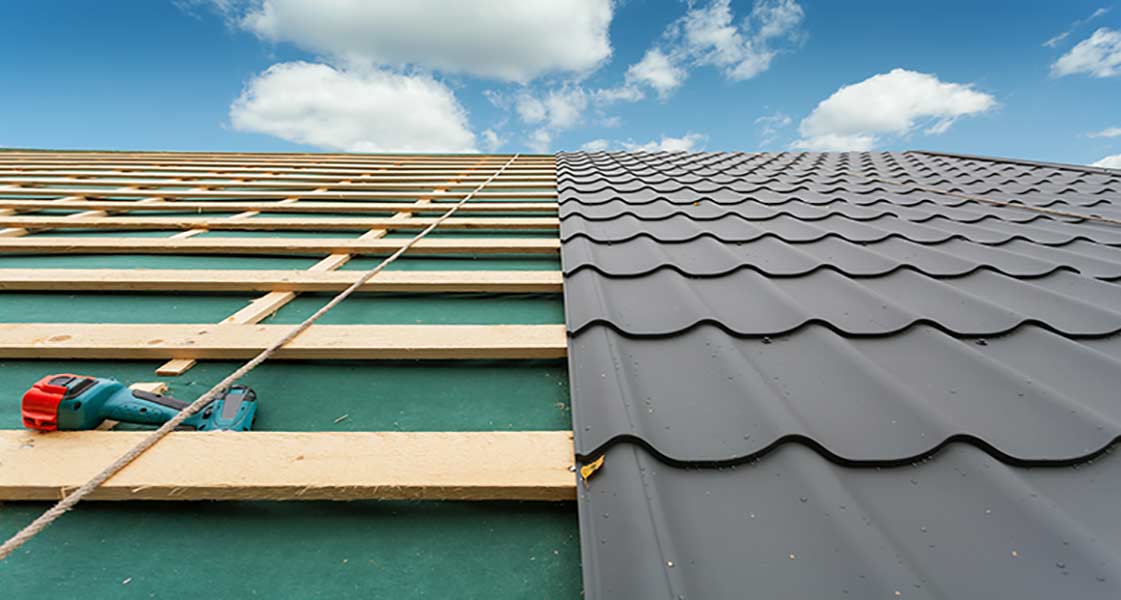
Your roof won't last forever. Even the best quality products, installed with the highest craftsmanship standards, won't continue to function properly for an infinite period of time. At some point your roof will leak, shingles will curl and buckle, wood will rot, and the repair costs will start adding up. When this happens, it's time for a new roof.
Re-roofing a home is a major home improvement that you want to be done right the first time around. That means preparing for the project. What steps do you need to take before the first shingle, piece of metal or other roofing product goes on to your home? Take a look at the major factors that go into the planning process.
Re-roofing a home is a major home improvement that you want to be done right the first time around. That means preparing for the project. What steps do you need to take before the first shingle, piece of metal or other roofing product goes on to your home? Take a look at the major factors that go into the planning process.
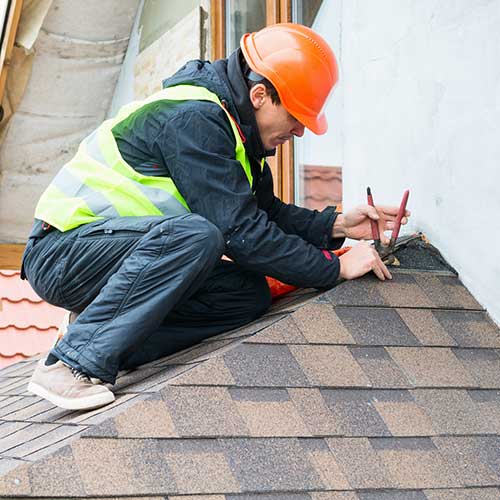
Did a big storm come through your area and damage your roof? If so, you'll be wondering what steps you should take to get your roof repaired. It may be a while until you can get a professional roofer out to your home to repair the damage, and during that time, more water may come into your home. Here is what you need to know about temporarily repairing your roof until a professional can fix it.
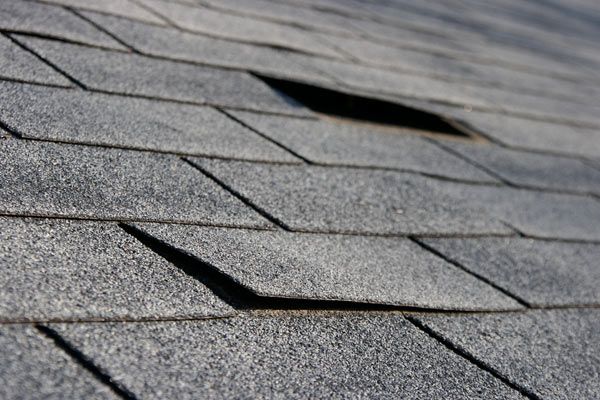
Your roof does more than simply sit at the top of your home. It keeps the elements out and helps the whole house function. When your roof starts failing, you can feel it everywhere. There are drafts, leaks and possibly damage to other areas of your home.
Replacing a roof is a major home-improvement project. That said, not every leak, crack or chipped shingle requires a full tear-off. Some types of damage and wear are easy to fix with a repair — from a qualified roofing professional, of course.
How can you decide whether you need a full roof replacement or just a repair? Take a look at some of the signs that your roof is in need of a repair and what you need to consider. Even though you can certainly replace your roof if you see some of these signs, get an expert's assessment before making any major decisions. The pros can tell you what's in your roof's best interest and what they can do to fix it correctly the first time around.
Replacing a roof is a major home-improvement project. That said, not every leak, crack or chipped shingle requires a full tear-off. Some types of damage and wear are easy to fix with a repair — from a qualified roofing professional, of course.
How can you decide whether you need a full roof replacement or just a repair? Take a look at some of the signs that your roof is in need of a repair and what you need to consider. Even though you can certainly replace your roof if you see some of these signs, get an expert's assessment before making any major decisions. The pros can tell you what's in your roof's best interest and what they can do to fix it correctly the first time around.




